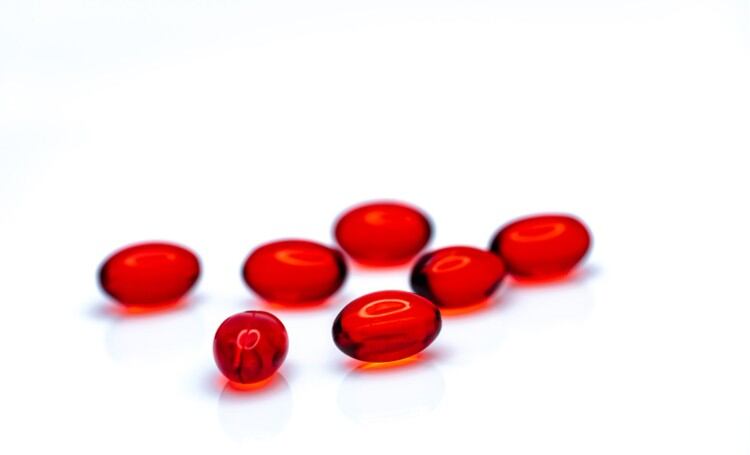The literature review, published in the journal Functional Foods in Health and Disease, sought to assess head-to-head studies comparing astaxanthin from three different sources in animals and in-vitro.
They were:
- Natural astaxanthin (NAT-AX) that is found in Haematococcus pluvialis, a ubiquitous uni-cellular microalgae, which grows in fresh water throughout the world. When these algae undergo environmental stress, they hyperaccumulate NAT-AX as a survival mechanism.
- Synthetic astaxanthin (SYN-AX), which is synthesized from petrochemicals in a highly involved, multi-step process.
- Phaffia’ astaxanthin (PH-AX), which is produced from a species of genetically manipulated yeast.
The researchers were restricted to animal and in-vitro studies, because “there is a complete dearth of research in humans for SYN-AX and PH-AX demonstrating efficacy or even safety,” they noted.
According to the review, in head-to-head antioxidant experiments, NAT-AX demonstrated 14 to 90-times greater antioxidant activity than SYN-AX.
It details a 2013 study which featured antioxidant testing at Creighton University as well as independent laboratory analyses at Brunswick Laboratories. In these tests, NAT-AX was found to be a minimum of 14X stronger in antioxidant activity than SYN-AX.
In addition, a recent study published by French academics and sponsored by the French National Institute of Health and Medical Research stated that because the intracellular antioxidant activity of NAT-AX was approximately 90X stronger than SYN-AX, NAT-AX may have potential therapeutic or preventive properties for cardiovascular diseases.
Alongside the antioxidant studies, the review argues that six pre-clinical studies directly comparing the three sources of astaxanthin has “clearly established the functional superiority of NAT-AX”, for increasing lifespan; treating skin cancer; preventing the formation of gastric ulcers; improving resistance to stress; improving exercise endurance; decreasing reactive oxygen species (ROS); and augmenting enzyme levels.
“In addition to these eight studies demonstrating superior efficacy and activity for algal astaxanthin, it’s important to understand that there are absolutely no human clinical trials we found demonstrating any health benefit or even safety for the alternative Astaxanthin forms,” said Shawn Talbott, PhD, President of EQQIL (a clinical research organisation) who was an author of the review paper.
“Until clinical trials are published on synthetic astaxanthin and astaxanthin from Phaffia yeast showing efficacy and long-term human safety studies are conducted, our conclusion is that consumers should ensure that they’re supplementing with algal-based astaxanthin. Algal astaxanthin has over 100 clinical trials showing efficacy, numerous human safety studies, and twenty years of consumer use in the market.”
Bob Capelli, lead author of the review paper. said the differences in results between the three forms were quite striking.
“The consistency of the results of these eight different studies is noteworthy in that the algal form of Astaxanthin always came out on top,” he added.
The paper also notes the majority of the comparative studies cited above were sponsored by and/or conducted by governmental agencies and universities and “as such, they are likely to be more impartial than studies sponsored by AX suppliers and free of conflicts of interest.”
While two of the authors of the review, Bob Capelli and Lixin Ding, work for companies involved in the production of astaxanthin from microalgae (Algae Health Sciences / BGG), they stated in the paper that the manuscript was written independently of their responsibilities at those companies and that no funding for this review was given by any company or other entity.
Source: Functional Foods in Health and Disease
“Astaxanthin Sources: Suitability for Human Health and Nutrition”
https://doi.org/10.31989/ffhd.v9i6.584
Authors: Capelli B., Talbott S., Ding L.



